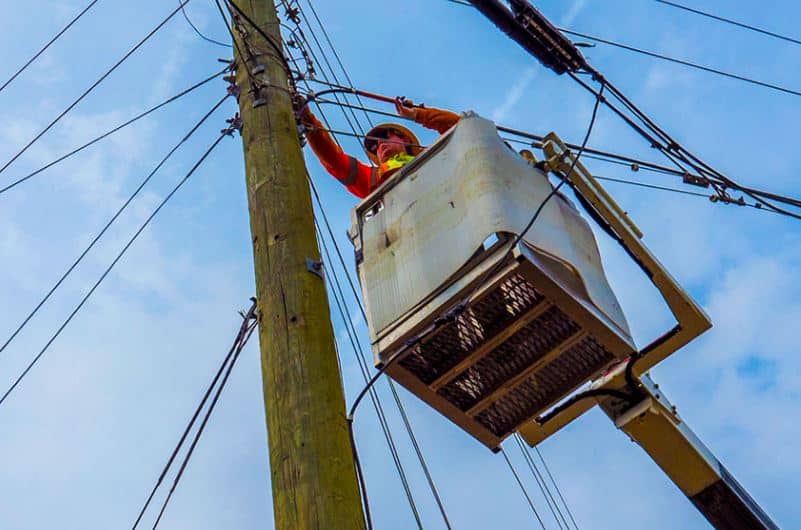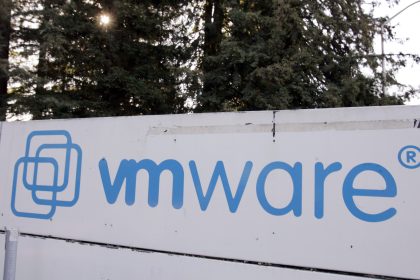Every State Wants ‘Internet for All’

WASHINGTON — Every state, U.S. territory and Washington, D.C., has asked for a portion of the $42.45 billion set aside for broadband buildout from the federal government, according to the Department of Commerce’s National Telecommunications and Information Administration.
“The Internet for All Initiative will provide states and territories the resources they need for thorough planning, which is essential to ensure funding is used equitably, efficiently, and effectively,” said Alan Davidson, assistant secretary of commerce for Communications and Information, in a statement.
“I want to thank every state and territory for meeting our deadline so that we can close the digital divide as quickly and completely as possible.”
Submitting these initial applications for the Broadband, Equity, Access and Deployment Program planning funds was the first step for states to take to access the money.
The BEAD program accounts for the largest piece of the $65 billion pie available through the Bipartisan Infrastructure Act the Biden-Harris administration has dubbed the “Internet for All” initiative to tackle the digital divide.
The BEAD program is a multi-year endeavor with lots of planning involved to ensure government money is best used to get everyone connected to the internet.
The planning for implementing this program will be left up to the states, which will best be able to decide how and where to build out broadband. This is especially important as there are multiple other stimulus broadband programs like the Tribal Broadband Connectivity Program, which have been giving out money.
Some states like Minnesota created broadband offices years ago to oversee programs to get more residents online. However, others haven’t had that central planning. The governor of Alaska just signed a law creating its broadband office earlier this month.
Creating these broadband offices allows the states to receive the broadband money allocated to them.
“Ensuring all Alaskans have access to equal economic and educational opportunities has been a priority for me as governor,” said Mike Dunleavy in a statement announcing the law to create the office.
“With about one billion dollars headed for Alaska, and more dedicated to tribal programs, we have a great opportunity to build an Alaska for the next 10, 20, and 50 years. The key factor will be all of us working together at the federal, state, local, and tribal levels. I am proud to sign House Bill 363 (which creates the broadband office) as another step in the process of equal broadband access for all Alaskans.”
These broadband offices are an integral part of submitting states’ planning applications. Officials will create plans to get the internet to totally offline and underserved homes and businesses by working with organizations on the ground and listening to residents. An underserved area would be any location that cannot access internet speeds of 100/20 megabits per second, according to the department.
The department will start giving out full awards next year for states to enact their five-year buildout plans.
Madeline can be reached at [email protected] and @ByMaddieHughes
























